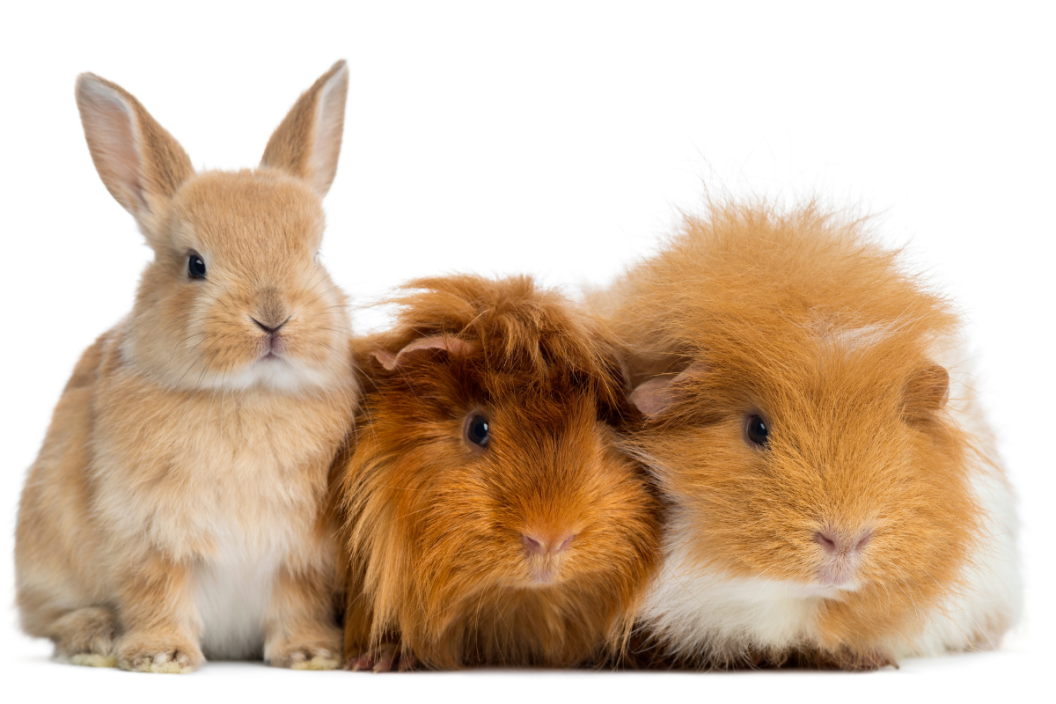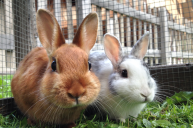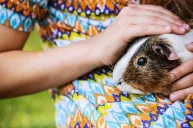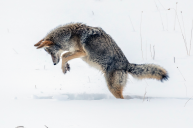Rabbits are cute, small, and furry, but are they rodents?
Jackrabbits, cottontail rabbits, European rabbits, and your typical pet rabbits are all clearly related. They have powerful hind legs, are herbivorous, and have eye-catching ears that help to keep them safe from prey. These small mammals all have common ancestors, and they're distinctly, well, rabbits. But are rabbits rodents?
If you think about it, they're not all that different from gerbils, chinchillas, hamsters and guinea pigs. Their chewing motion is the same, they're herbivores, they're prey animals, and they're covered in soft fur. So, where does that distinction lie? You'll have to take a few definitions into consideration.
What Is a Rodent?
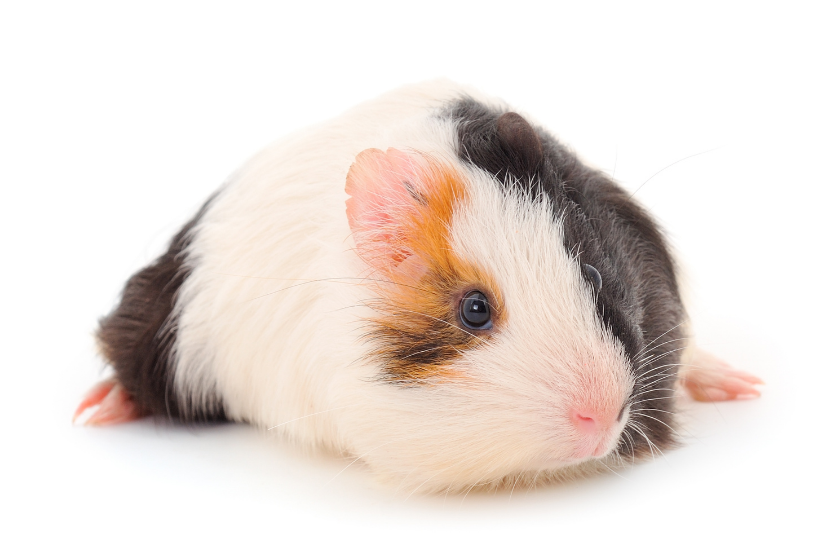
According to Merriam Webster, a rodent is an animal in the order Rodentia, who has a single pair of incisors on the top jaw and another on the bottom. The teeth are wider at the base and sharp at the edges, resembling a chisel.
Rodents will eat both meat and plant matter to survive. Examples of these cute guys include rats, mice, hamsters, squirrels and porcupines. So when people call squirrels tree rats, they're not super far from the truth!
What Is a Rabbit?
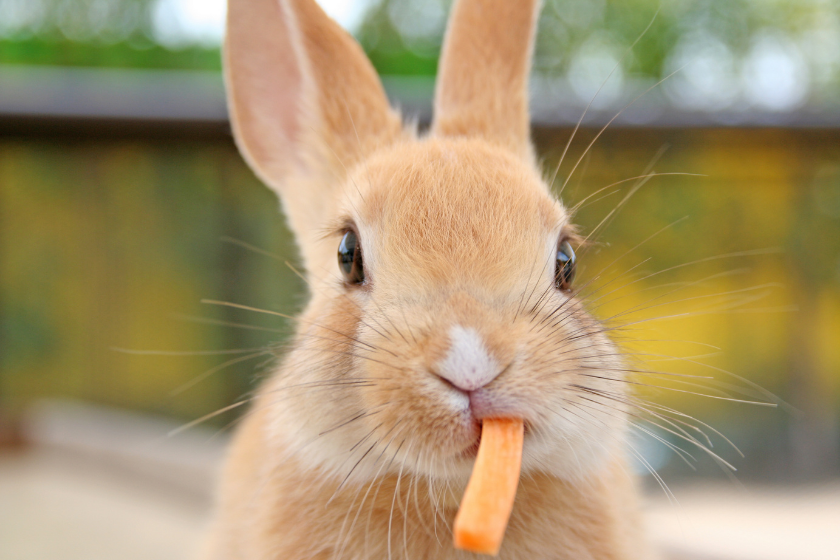
A rabbit is an animal in the order Lagomorpha. These animals have two pairs of incisors on their top jaw and one set on their bottom.
Lagomorphs will only eat plant matter.
Examples of cuddly lagomorphs include rabbits, hares and pikas.
Why Are They So Often Confused?
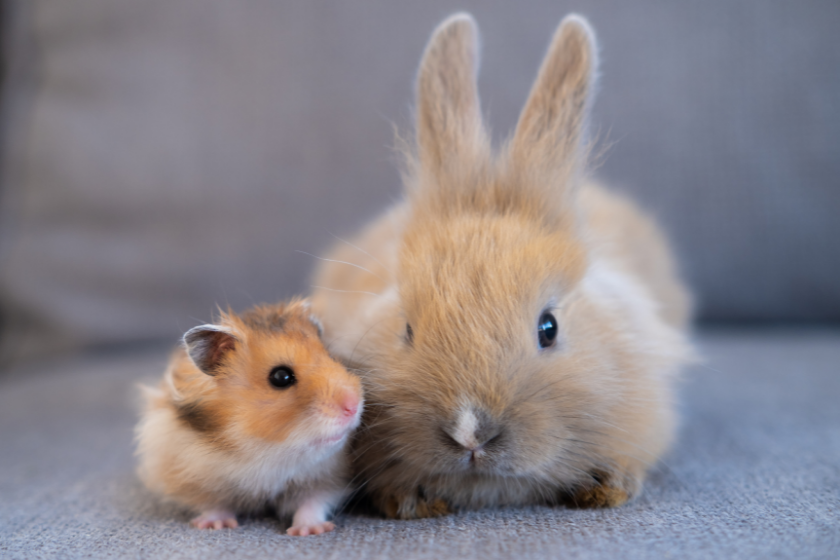
First and foremost, rabbits were originally categorized as rodents. The following similarities suggest why the scientific community made this decision.
Rodents and lagomorphs breed and are born similarly. They are both placental mammals, meaning that they both have a placenta present during gestation. Both have short breeding cycles, and from there, both orders give birth to multiple live young, who feed on their mother's milk for early nutrition.
Placental mammals have evolved over the course of time. It is believed that rodents and lagomorphs diverged from other mammals at the Cretaceous-Tertiary Boundary, about 66 million years ago. From there, the grand order glires split into what we now know as rodents and lagomorphs during the Cenozoic era, about 66-23 million years ago. Still, rodents make up about 40 percent of all mammals.
Simple classification has led to a general confusion about the animals. The word "rodentia" comes from the Latin word "rodere," which means "to gnaw." Ask any rabbit parent, and they will tell you that these animals love to gnaw! Gnawing rabbits can sometimes even pose a problem when owners decide to keep free roam bunnies, as anything is game for their little teeth.
Why? Because the incisors that are found in both rodents and lagomorphs are constantly growing. This is often the driving factor in the incessant gnawing, as mice, rabbits, rats, and hares alike have to wear down their teeth. If they do not, it often leads to oral health issues and, in turn, gastrointestinal issues.
When Was the Distinction Made?
In the early 20th century, paleontologists, specifically at the Smithsonian Institute, began looking at the differences between rodents and lagomorphs. That is when James W. Gidley, in 1912 proposed changing their classification to that of a lagomorph.
The Great Rabbit Debate
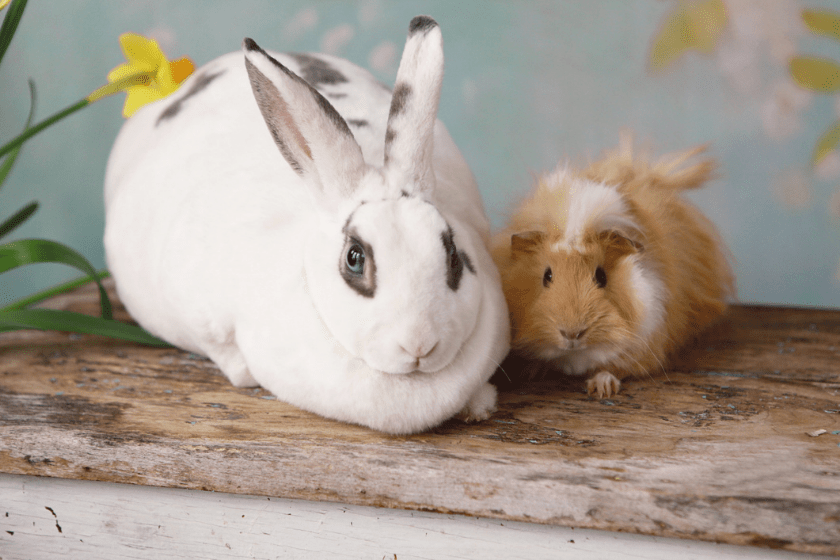
So, are rabbits rodents? The simple answer is that rabbits are currently not classified as rodents. Confusion still exists, however, not only among pet parents and the general public, but among the scientific community. For more than a century since the change in classification, scientists have continued to debate essentially what a rabbit is.
For now, the general consensus is that rabbits are of the order lagomorph, and while similar to rodents, are simultaneously wildly different.
For more information, check out "Rabbits: The Animal Answer Guide," by Susan Lumpkin, John Seidensticker.
This article was originally published April 29, 2020.
Do you have a rabbit? Tell us on the Wide Open Pets Facebook page!
